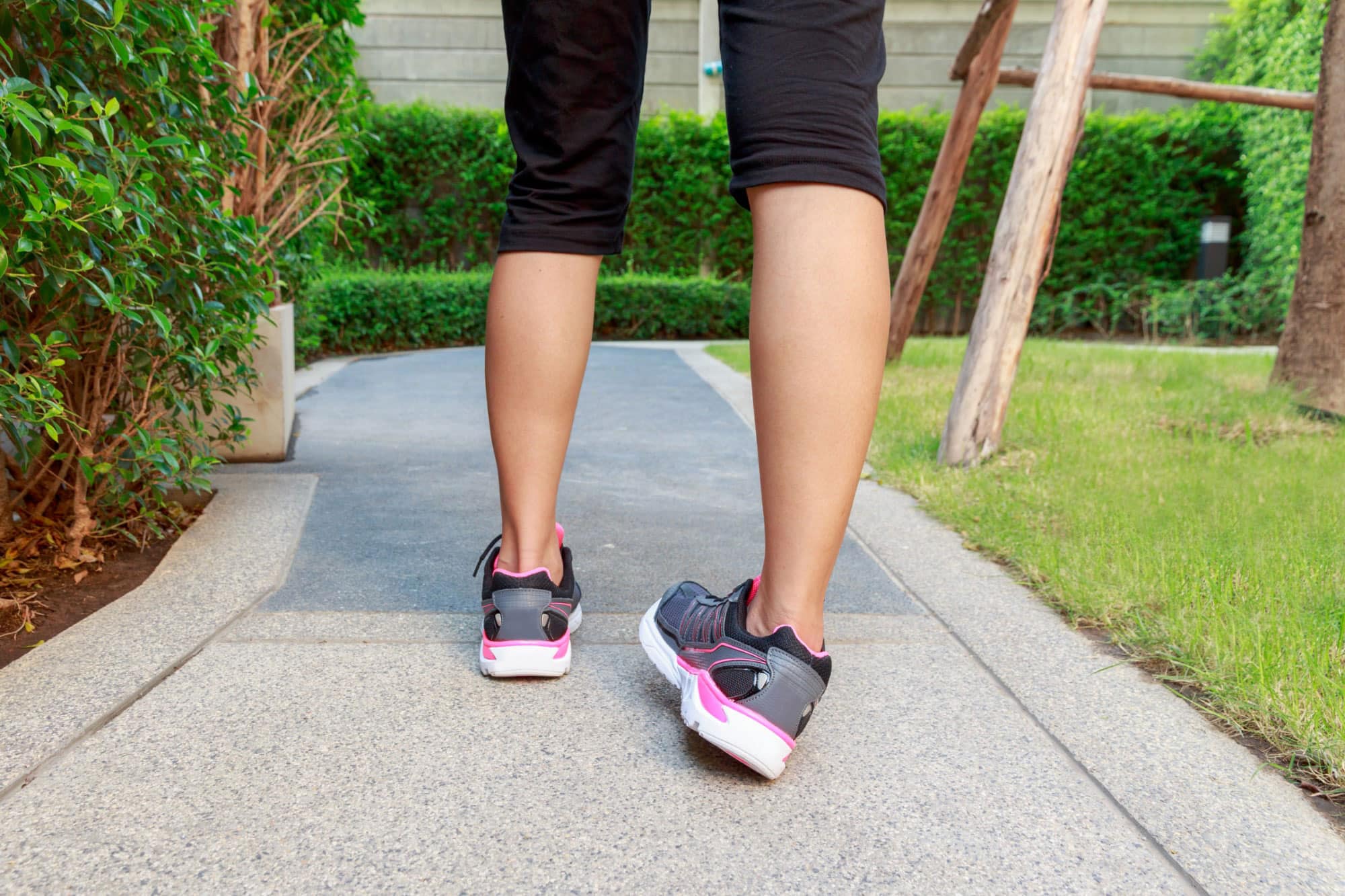

ANKLE SPRAINS CAN OCCUR WHEN YOU ‘ROLL YOUR ANKLE’, CAUSING DAMAGE TO THE LIGAMENT(S) AROUND THE ANKLE.
Lateral ankle sprains are the most common, with different grades of ankle sprains based on the extent of damage caused to the ligament(s):
The ligaments that are most commonly injured include the anterior talofibular ligament (ATFL), calcaneofibular ligament (CFL) and the posterior talofibular ligament (PTFL)
Signs and Symptoms
What is happening with the body?
When you sprain your ankle, the damage to the ligaments and/or bone often causes immediate swelling and pain. An inflammatory process will begin which is essential in repairing the damaged ligament(s).
What can you try at home to help?
How can physiotherapy help?
Ankle sprains can increase your risk of re-injury in the future, so it is important to ensure you have rehabilitated your ankle to reduce this risk.
At Total Physiotherapy, we now have The Game Ready System; an active cold compression system designed to accelerate and improve recovery. The Game Ready mimics the normal ‘squeeze and release’ patterns of muscle contractions ensuring continuous removal of heat from damaged tissues, reduced muscle spasm and pain. Ankle sprains respond well to this system which can enhance and speed up recovery.
Be the first to know about news and insights.
"*" indicates required fields